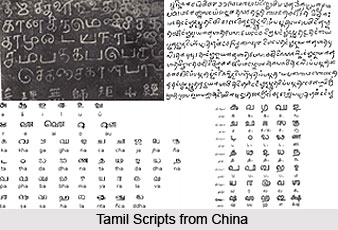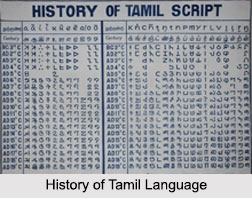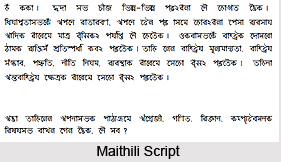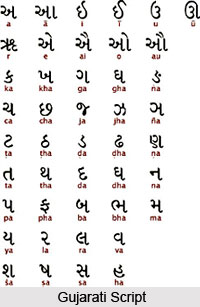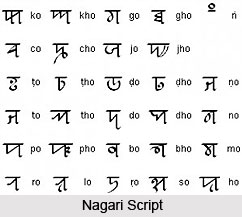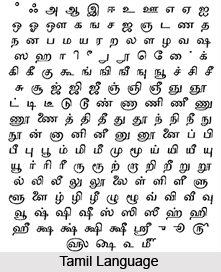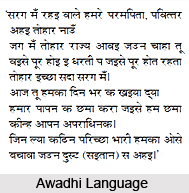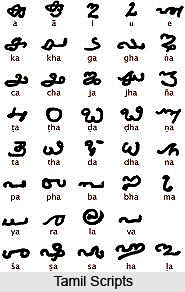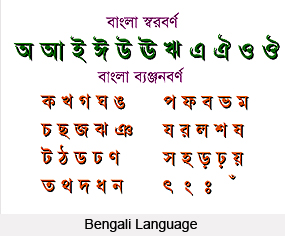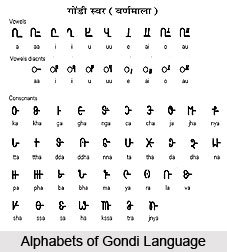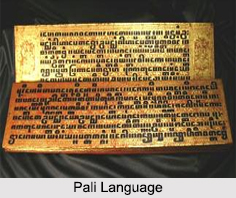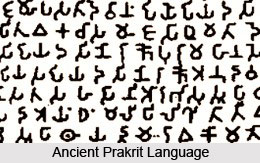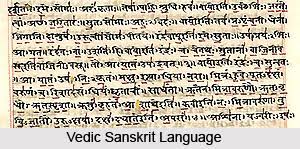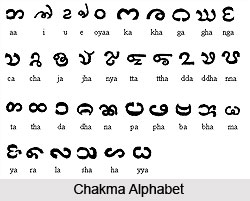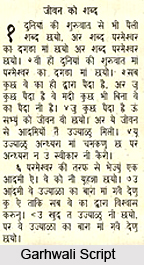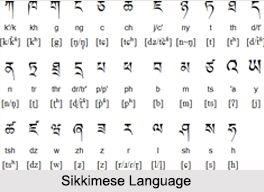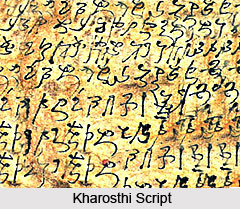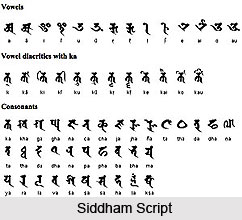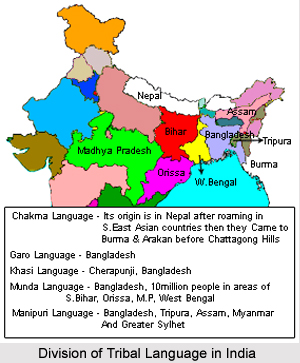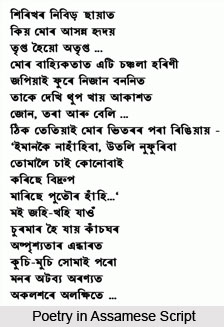Introduction
Punjabi is an Indo-Aryan language. It is spoken by over 100 million native speakers worldwide, making it the 10th most widely spoken language in the world. It is spoken as a native language, second language or third language by about 30 million people in India. It is the official language of the Indian states of Punjab, Haryana and Delhi. More specifically, Ambala, Ludhiana, Amritsar, Chandigarh, and Jalandhar are some of the major urban centers in northern India where Punjabi is spoken.
Punjabi is the third-most spoken native language in the Indian subcontinent, the seventh-most widely spoken language in India, the third-most spoken native language (after English and French) in Canada, the fourth-most spoken language in the United Kingdom and the most widely spoken language in Pakistan. This language is also spoken as a minority language in various other countries like the United Arab Emirates, United States, Saudi Arabia and Australia. This is because a large number of Punjabis have emigrated to these places. It is important to note that Punjabi language is the only living language among the Indo-European languages which is a fully tonal language.
Derivation of the Word Punjabi
The word Punjabi is derived from the Persian word Panj-ab meaning "Five Waters". Five waters here refer to the five major eastern tributaries of the Indus River. More specifically, "Panj" is related to five which stands for panca in Sanskrit and pente in Greek. "ab" is related to Av of Avon.
History of Punjabi Language
Punjabi as an Indo-Aryan language has descended from Shauraseni. Shauraseni is identified as the chief language of the medieval northern India. In the 15th century, the Sikh religion originated in the region called Punjab and Punjabi became the predominant language of the Sikhs. Punjabi is one of the languages which had been used to write the Sikh scriptures in the past. Punjabi language in Gurmukhi script is evident in the Guru Granth Sahib. Examples of the ancient prose literature written in Punjabi are the Janam sakhis. They are the stories on the life and legend of Guru Nanak (1469-1539). Punjabi is also evident in the verse composed by Guru Nanak himself, which comprises of vocabulary from Sanskrit, Arabic, Persian and other Indic languages as characteristic of the Gurbani tradition.
Punjabi Literature
Fariduddin Ganjshakar is generally credited with the status of being the first major poet of the Punjabi language. People credited for the development of Punjabi Sufi poetry are Shah Hussain (1538-1599), Sultan Bahu (1628-1691), Shah Sharaf (1640-1724), Ali Haider (1690-1785), Saleh Muhammad Safoori (son of Hazrat Mai Safoora Qadiriyya, whom Ali Haider had given great tribute) and Bulleh Shah (1680-1757). Other Punjabi literary traditions are known to have been influenced by Punjabi Sufi poetry, more specifically, the Punjabi Qissa. It is recognized as a genre of romantic tragedy which also derived inspiration from Indic, Persian and Quranic sources. One of the most popular Punjabi qissas is the qissa of Heer Ranjha by Waris Shah (1706-1798). Some examples of popular stories in Punjabi are Sohni Mahiwal by Fazal Shah, Mirza Sahiban by Hafiz Barkhudar (1658-1707), Sassui Punnhun by Hashim Shah (1735?-1843?) and Qissa Puran Bhagat by Qadaryar (1802-1892). Heroic ballads known as vaar enjoy a rich oral tradition in Punjabi.
Dialects in Punjabi Language
Majhi, Doabi, Malwai, Powadhi, Pothohari, and Multani are the major dialects of Punjabi. According to several linguists, the dialects in the Lahnda dialect continuum, including Saraiki and Hindko are the dialects of Punjabi.
Standard dialect
Majhi is the dialect spoken in the region of Punjab called Majha, which covers Lahore, Amritsar, Gurdaspur, Kasur, Tarn Taran, Faisalabad, Nankana Sahib, Pathankot, Okara, Pakpattan, Sahiwal, Narowal, Sheikhupura, Sialkot, Chiniot, Gujranwala and Gujrat districts. Majhi is characterized by the nasal consonants (/n/ and /n/), which have been superseded elsewhere by non-nasals (/g/ and /d3/) respectively. The Majhi and Lahnda spoken in Pakistan are known to be more personalized in vocabulary, and the usage of the sounds (/z/, /x/ and /y/) is more common.
Other dialects of Punjabi language include Eastern Punjabi and Western Punjabi.
Eastern Punjabi: Eastern Punjabi encompasses the diverse dialects spoken across various regions, primarily including Pakistani Punjab’s northern areas, most of Indian Punjab, parts of northern Rajasthan, and the northwestern fringes of Haryana. This linguistic group features dialects such as Majhi, Malwai, Doabi, Puadhi, and the now-extinct Lubanki.
Western Punjabi: Western Punjabi, also known as Lahnda, meaning 'western', refers to a broad cluster of Punjabi dialects primarily spoken across much of Pakistani Punjab. These varieties are also found in the Hazara region, large areas of Pakistan-occupied Kashmir (POK), and in select parts of Indian Punjab, including the Fazilka district.
Tones in Punjabi Language
There are three phonemically distinct tones of Punjabi, which have developed from the lost murmured (also called the voiced aspirate) series of consonants. Phonetically, the tones are rising or rising-falling contours and they can span over one syllable or two. Phonemically, they can be distinguished as high, mid and low.
A murmured consonant (voiced aspirate consonant) becomes tenuis and leaves a low tone on the two syllables following it (example - ghora meaning horse). A stem-final murmured consonant becomes modally voiced and leaves a high tone on the two syllables preceding it. (Example- magh means October). A stem-medial murmured consonant which appears after a short vowel and before a long vowel becomes modally voiced and leaves a low tone on the two syllables following it (example - maghauna meaning to have something lit). Other syllables have mid tone.
Grammar in Punjabi Language
The grammar of the Punjabi language relates to the word order, case marking, verb conjugation and other morphological and syntactic structures of the Punjabi language. Punjabi has a canonical word order of subject-object-verb (SOV). Instead of prepositions it has postpositions. The consonants in this language have an inherent vowel. Diacritics are used to change the inherent vowel. They can appear above, below, before or after the consonant they belong to. When they appear in the beginning of a syllable, vowels are written as independent letters. When certain consonants occur together, special conjunct symbols are used which combine the essential parts of each letter.
Writing Systems in Punjabi Language
The word Gurmukhi translates into "Guru`s mouth" in English. Gurmukhi script is used in India to write Punjabi and is called a standardized script. It is derived from the old Punjabi word, guramukhi. The Gurmukhi alphabet is known to develop from the Landa alphabet. It was standardized by Guru Angad Dev Ji during the 16th century. He is identified as the second Sikh guru. This script is a member of the Indic family of scripts and is written from left to right in horizontal lines.
Shahmukhi Script
Shahmukhi translates into "from the King`s mouth" in English. Shahmukhi script is used in the Punjab province of Pakistan. This script differs from the Urdu alphabet in terms of having four additional letters.
